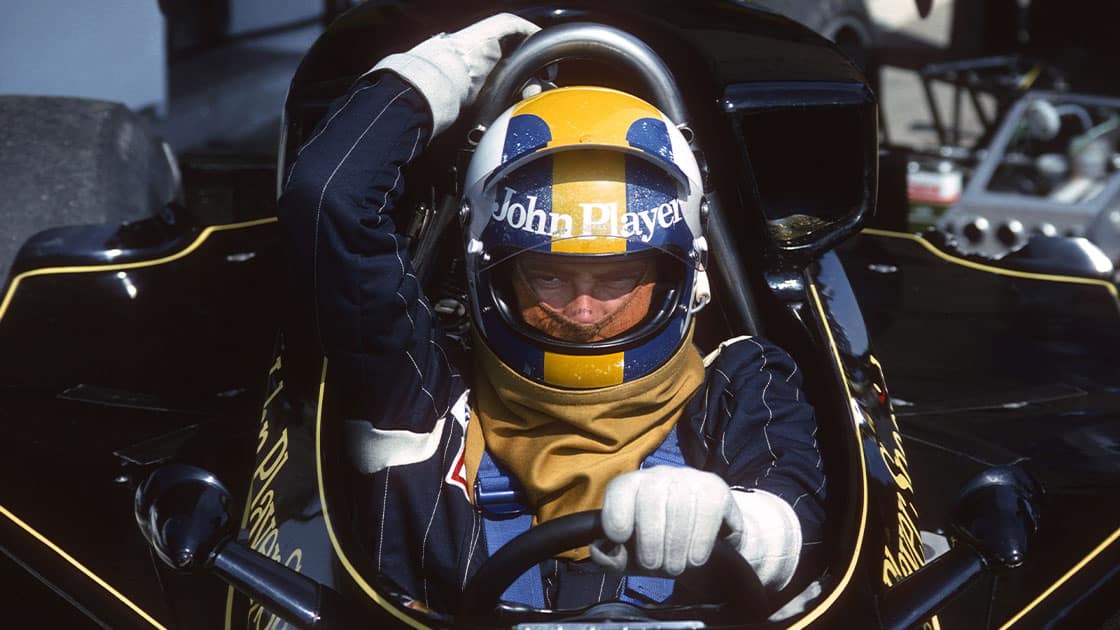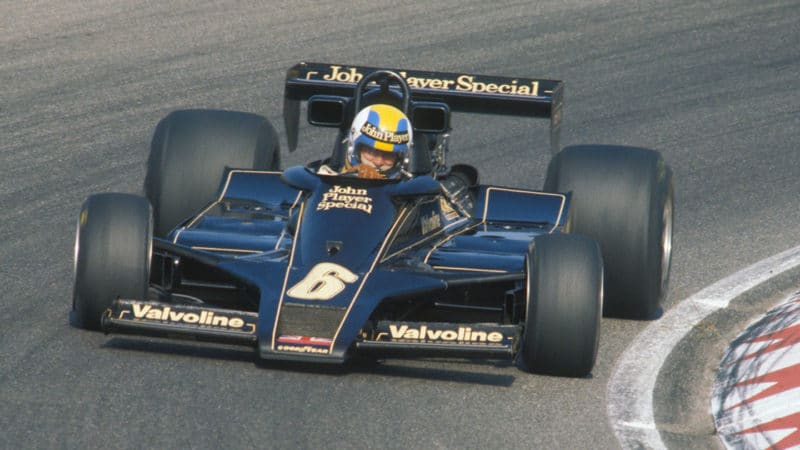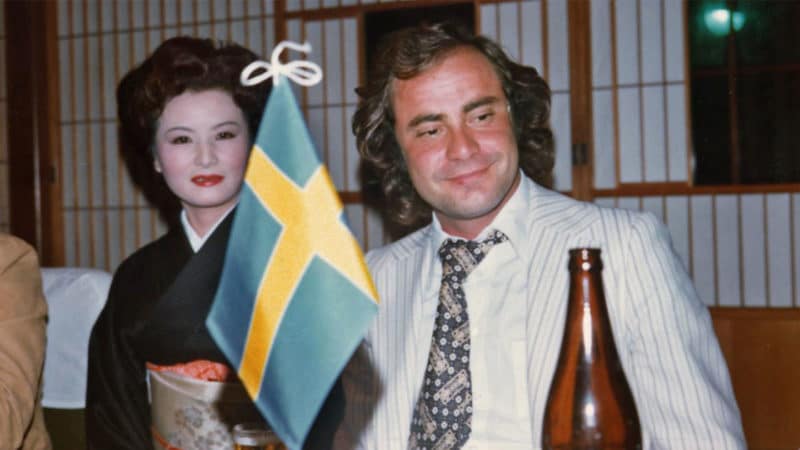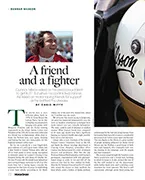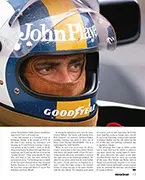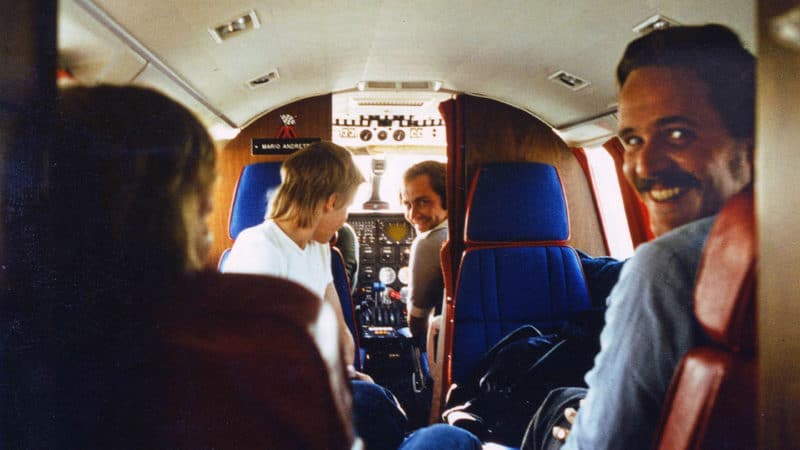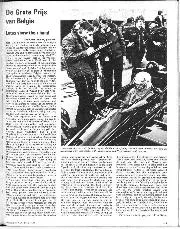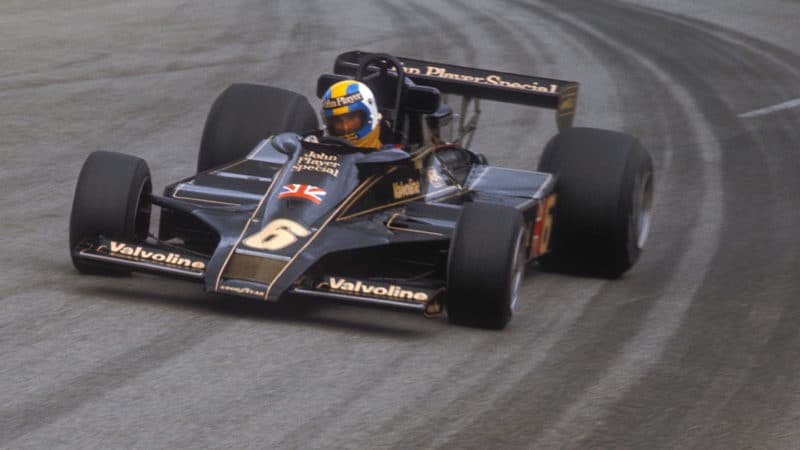The momentum snowballed faster when, part way through the F3 season, Ken Moore received March’s permission to install Nilsson in his Rapid Movements Formula Atlantic Chevron B29. In between F3 battles with Ribeiro, the Swede claimed the Atlantic series, winning four of his five races. Moore had no doubt just how good Nilsson was: “I saw him as a potential world champion. He was dominant against some extremely good guys. He would get pole and win races in the wet or the dry. He once got pole with a major brake problem, and he once won a race after the gearknob came off on the first lap. He could relate what the car was doing to our mechanic Tony Harvey. He was just a complete racing driver.”
Harvey concurs. “He knew what I was thinking and I him. When he came into the pits I would know what he was going to ask for. He was sensitive with the car too. If I’d put half an inch on the roll bar he’d go out, come back and it was logged in then. He would know how the car felt.”
Such conviction wasn’t universal, however. “I think he was going to be good,” says his F3 engineer Robin Herd, “but not perhaps true World Championship material.” A judgement that Witty, in retrospect, goes along with: “Not a super-talent, but probably a solid number two who could win Grands Prix.” Though Phillips, now team manager at Jordan Grand Prix, points out that: “He didn’t do many Grands Prix but he won one of them. That must say something.” But it is Andretti, who drove alongside Nilsson throughout 1976 and 77, who was in perhaps the best position to judge: “Well, although there was a little too much haste there, I think he had the right stuff. You cannot make a slow guy hustle, but you can make someone slow down in order to go faster. And he always grasped the opportunity – like in Belgium. And he had some fire. He probably needed to get his confidence up a bit more, get some more results and he definitely had a future.” Except sadly, he didn’t.

Nilsson and Andretti were well-matched as team-mates
Grand Prix Photo
Another of those who thought he had it was Frank Williams. It was Williams who gave Nilsson his first taste of a Formula One car. At the end of ’75 at Goodwood, Gunnar climbed aboard the Williams FW03. “Despite it being neither a particularly reliable nor competitive car,” remembers Williams, “his driving confirmed my impressions.” To the extent that a Williams contract was proffered. And refused. Nilsson was going to continue with March in F2. No budget required.
But in the space of a hectic few weeks, in which he was used as a bargaining pawn in negotiations between March and Lotus over Ronnie Peterson’s 1976 drive, Nilsson became a Lotus Formula One driver without having to bother with F2 at all.
“Gunnar’s deal doesn’t happen and he ends up in F1! Only Gunnar” Danny Sullivan
In his third Grand Prix, in Spain, he finished 3rd. He’d made it. For Nilsson’s erstwhile F3 rival Danny Sullivan, it was typical: “I was supposed to take his Rapid Movements Atlantic drive over for ’76, he was going F2. Then my deal falls through as the team quits, leaving me with nothing. Gunnar’s deal doesn’t happen and he ends up in F1! Only Gunnar.”
Nilsson and Sullivan became close friends, sharing a flat in London for a time. “He never had any money with him, he was so tight,” recalls Sullivan. ‘And he’d have all this big talk about how he could drink. Yet after about three glasses of vodka he’d be face-down in his soup.”
Andretti, too, recalls high jinks at Gunnar’s Stockholm pad with unabated glee. “We’d leave the car somewhere, go drinking and raisin’ hell and, not wanting to drive back, we’d steal bicycles to get home. At the end of the two weeks we had seven bicycles in the lobby and we didn’t know where the hell we’d parked the car!”
